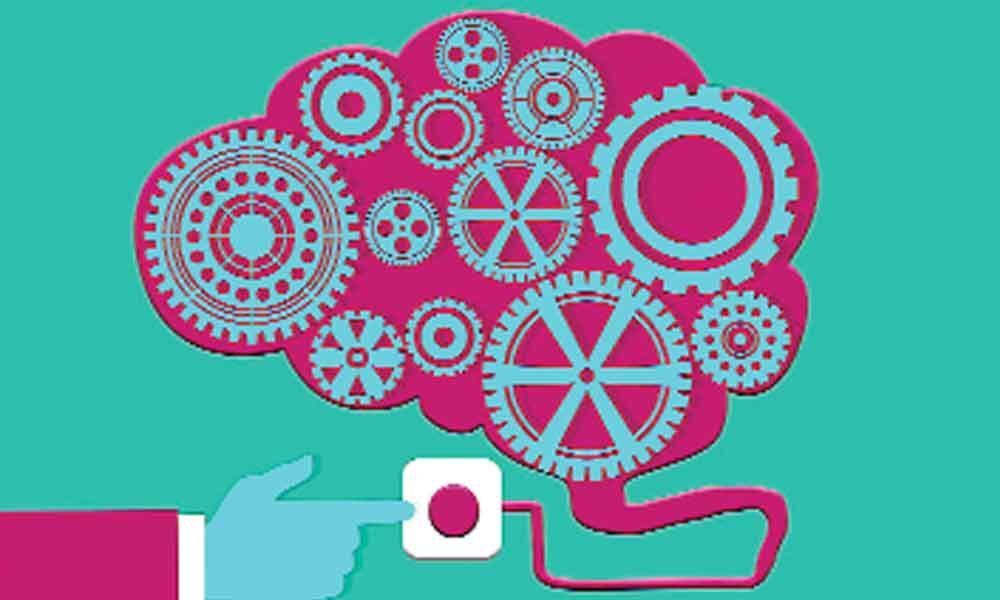The power of persuasion

Persuasion is change. It is not simply providing a list of pros and cons and leaving the decision up to the audience.
Persuasion is change. It is not simply providing a list of pros and cons and leaving the decision up to the audience.
It is not a litany of opinions on how the world ought to be.
It is not even a series of facts about a product with a suggestion that the audience "ought to buy sometime soon… maybe… in the future… if you want to…"
In its most basic form, persuasive speeches identify a need for change, provide arguments for change, a plan that will facilitate change, and an urge to action.
Of course, that's easier said than done, as evidenced by the descriptions above of what a persuasive speech is not.
So, let's look more closely at these basic elements to develop more powerful persuasive speeches.
Understanding Persuasion
As stated boldly in the beginning, persuasion is change. If you walk into a room full of people who love ice cream and say, "I'm here to convince you that ice cream is a wonderful thing," you really don't have a lot of work to do.
If everyone already agrees with you, then you haven't changed them in any way.
You might have whipped up a frenzy, and maybe everyone is ready to go get some ice cream, but their attitude toward ice cream was unchanged.
So, before persuasion can even begin, you have to assess a need for change.
Assessing Need for Change
Now that you know that change is a necessary condition for persuasion, you can begin the process of assessing the need for change.
There's a fairly simple way to do that, though it will require some work on your part.
It's easy enough to say "millions of people across America are not eating ice cream despite it being the most delicious treat ever!"
But, how many millions of people are behaving this way? Where did you pull that (rather vague) number? Is that information reliable?
If your response is that we ought to just trust you because you know it's true, then you can be sure that your premise (i.e. the condition) is a faulty one, circumstantial at best.
In short, we need some evidence that supports your belief in the condition before you can move them toward changing to the ideal.
Mark Woods














